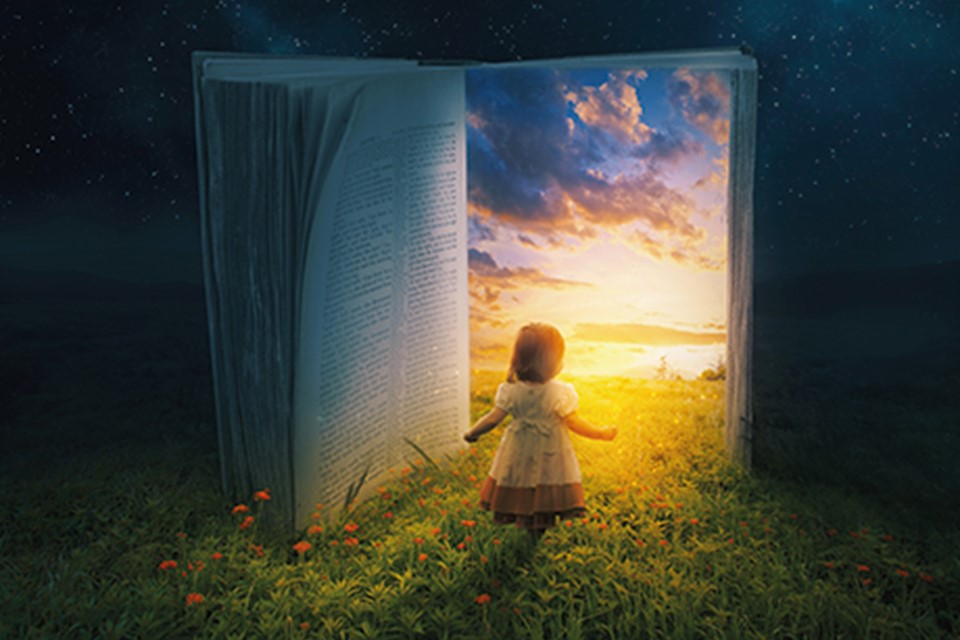
We are closing in on the final stretch of the semester. Thanks to Brittney and Edna for their presentations on Exposed and Bastardo respectively. These two selections are quite different, and each introduced us to new forms of electronic literature. Exposed is a powerful journalistic exposé of the pandemic’s impact on incarcerated people, and the cruelty at the core of such a failed system for “justice”. The piece brings to the surface so many human stories through recorded testimony, while revealing the dark underbelly of the American penal system through the use of a data. Exposed makes evident the scale of this systemic injustice at the heart of our societal structure. Bastardo reveals the endless possibilities inherent in computationally-driven fiction – a dynamic hyperliterature “system” that mixes diverse sets of lexia to create a multitude of different stories. This piece is a powerful example of combinatorial fiction. It gives us a sense of the generativity produced by the algorithm, but also the importance of a single reader’s interpretive power alongside such an engine.
Our class agenda slides:
–
Focus of your final project!
You are now all working on your final elit project. I have sent most of you a personal email with some feedback on your individual concepts. I am really excited about your concepts for this project opportunity. Remember, your final elit story is a truly “open” invitation in the sense that I encourage each of you to take creative license in choosing the story you want to tell, and determining the way you want to tell it. I hope that the end result will be a powerful and diverse set of stories that will be a legacy of this class. Each contribution will be unique and special in it’s own right. Story maps use graphic organizers to help students visualize the elements of a book or story. Try Miro to get your ideas organized, mapped out, and collected effectively.
Regarding the digital tools that you decide to use, my advice is to go with what you know and what you are most comfortable with. For example, you can film on your phone, you can record sounds and voice stories on your phone, take photos and manipulate images on a phone, you can write in Google slides and Google docs, you can create a new “space” for this project in WordPress or Wix, you can create in Powerpoint or Prezi, etc. There is also a possibility of exploring new skills and trying new tools or applications. Some of you are working on interactive pieces with Twine or Inklewriter. Some of you might use called Thinglink to create “hotspots” or “node links” on an image. Explore the lists provided under the “Course Materials” tab on this course website.
Our remaining timeline:
Your final digital story project will be developed over the course of the three weeks. Here is our remaining course calendar:
Dec 8 Blog a “progress report” of your final project for this week.
Dec 15 ***Elit Story Showcase in class. Blog a summary of your final elit project with link.
***#Elitclass Final Portfolio due by Monday, Dec. 19th













